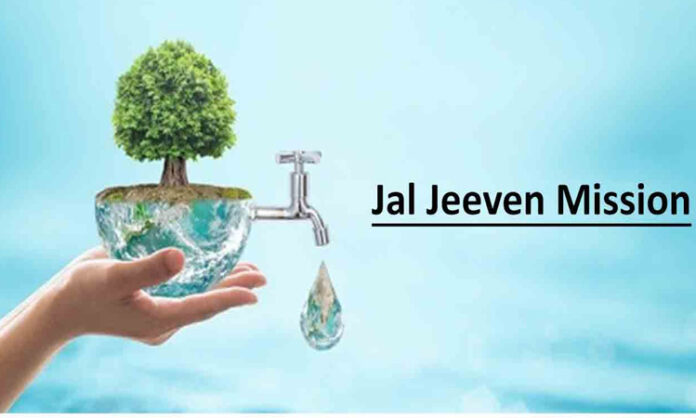The average annual water availability of any region or country is largely dependent upon hydro-meteorological and geological factors. However, water availability per person is dependent on population of a country. The per capita water availability in the country is reducing due to increase in population. Due to high temporal and spatial variation of precipitation, the water availability in many regions of the country is below the national average and maybe facing water stress / scarce conditions.
Water being a State subject, steps for augmentation, conservation and efficient management of water resources are primarily undertaken by the respective State Governments. In order to supplement the efforts of the State Governments, Central Government provides technical and financial assistance to them through various schemes and programmes.
Government of India, in partnership with State, is implementing Jal Jeevan Mission (JJM) to make provision of tap water supply to every rural household of the country by 2024.
Government of India has launched AMRUT 2.0 on 1st October, 2021, covering all the statutory towns of the country to ensure universal coverage of water supply & make cities ‘water secure’.
To ensure optimum utilization of water, Government of India has been implementing Pradhan Mantri Krishi Sinchayee Yojna (PMKSY) from 2015-16 onwards. Under PMKSY-Accelerated Irrigation Benefit Programme (AIBP), 99 ongoing major/medium irrigation projects were prioritized during 2016-17, in consultation with States out of which AIBP works of 50 prioritized projects have been reported to be completed. The extension of PMKSY for the period 2021-22 to 2025-26 has been approved by Government of India, with an overall outlay of Rs. 93,068.56 crore.
The Command Area Development and Water Management (CADWM) Programme has been brought under PMKSY – Har Khet Ko Pani from 2015-16 onwards. The main objective of taking up CAD works is to enhance utilisation of irrigation potential created, and improve agriculture production on a sustainable basis through Participatory Irrigation Management (PIM).














